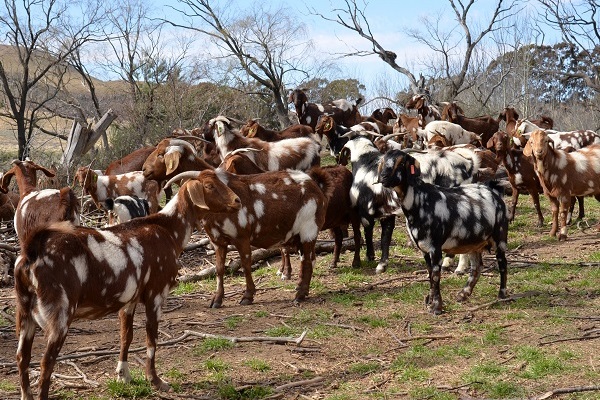

Due to the rising population, the demand for milk and milk products is on the rise. The increased demand can only be met by raising ruminant livestock population, with animals such as goats being of great significance. Goats can survive under environmental conditions that are difficult for other domestic livestock species. They can thrive on small pieces of land and the initial investment is little.
Equally, their adaptability to harsh climates makes them suitable for landless and marginal farmers.
Goat milk is a very nutritious and acceptable food. Daily milk yield varies from 0.9 litres to 4.5 litres as reported by different researchers. Gestation period in goats is short and they start producing milk at the age of 16-17 months. The composition of goat milk varies with diet, breed, individuals, parity, season, feeding, management, environmental conditions, locality, stage of lactation, and health status of the udder that also affects taste of the milk.
Goat milk differs from that of cows by having better digestibility, alkalinity, buffering capacity and nutrition. The density of goat milk is comparable to that of cow milk, but has a higher viscosity
The mean pH ranges from 6.5 to 6.9 and has a soft curd compared to cow’s milk. The fats found in goat milk are high in middle-chain fatty acids, which are easier for the body to process than those found in cow milk. The milk contains more calcium, phosphorus and potassium than cow’s milk. Goat milk contains vitamin A and niacin and supplies generous amounts of thiamin, riboflavin and pantotheanate.
Research suggests that the soft curd of goat milk may be helpful to people suffering from gastrointestinal disturbances. Also, the milk’s buffering capacity may be useful for management of gastric ulcers.
Goat milk has been recommended as a substitute for patients allergic to cow milk. Between 40-100 per cent of patients allergic to cow milk proteins tolerate goat milk.
Traditionally, goat milk is produced on small farms. Fresh goat milk can be sold as pasteurized in different forms of packaging.
The milk obtained under sanitary conditions from properly fed and managed healthy goats is free from objectionable flavour and odour.
The consumer acceptance of goat milk and its products is reported as excellent in various studies.
Soft and semi hard varieties of cheeses can be made from goat milk. Attempts have also been made to manufacture mozzarella cheese from blends of cow and goat milk.
Although goat milk is similar to cow milk in its basic composition, the significance of the former and its products in human nutrition cannot be underestimated.
Goat milk production is a good source of income and an avenue to improve rural areas’ economy.
Some of the important constituents in goat milk include proteins, lipids, minerals, vitamins, carnitine, glycerol ethers, orotic acid, enzymes, significant fat globule size and casein polymorphisms, which are all important in human nutrition.
 Contact Jaguza Support
Contact Jaguza Support